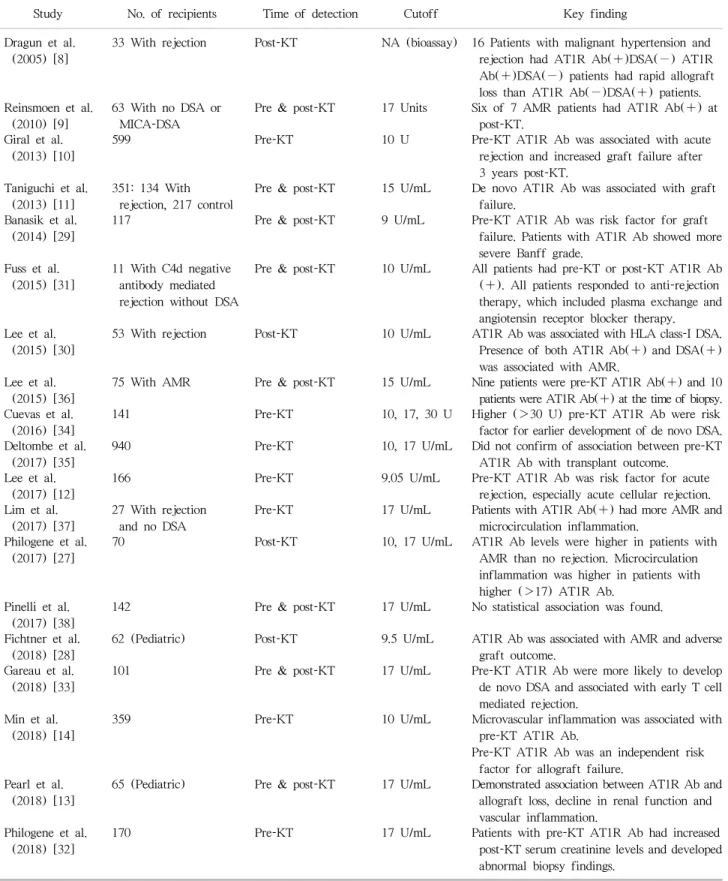관련 문서
- 축산업으로 인한 환경부담을 낮추고, 사회로부터 인정받아야 중장기적으로 축산업 성장 가능 - 주요과제: 가축분뇨 적정 처리, 온실가스 저감, 축산악취 저감
Chronic kidney disease (partial update): Early identification and management of chronic kidney disease in adults in primary and secondary care (Clinical
Our analysis has shown that automation is already widespread among both domestic and foreign investors in Vietnam, and that both groups plan to continue investing
이는 아직 지부지사에서 확인 및 승인이 완료되지 않은 상태. 지부지사에서 보완처리 및 승인처 리 시
If the receiver received image type (II), then the data-hiding key is used to do data extraction and together recover the cover image.. If the receiver received image type
따라서 본 연구에서는 무개선 용접의 적용 가능성을 알아보기 위해 필렛용 접에 대한 안전성 및 개선 조건 (Type I( 무개선 ), Type II( 단면개선 ), TypeIII 양면개선 에
Phylogenetic analysis of Orientia tsutsugamushi strains based on the sequence homologies of 56-kDa type-specific antigen genes. FEMS
USB 연결 케이블을 이용하여 라즈베리 파이와 센서보드 연결 라즈베리 파이의 USB 포트와 WeDo 의 컴퓨터 연결 허브를 연결하 면 된다...
